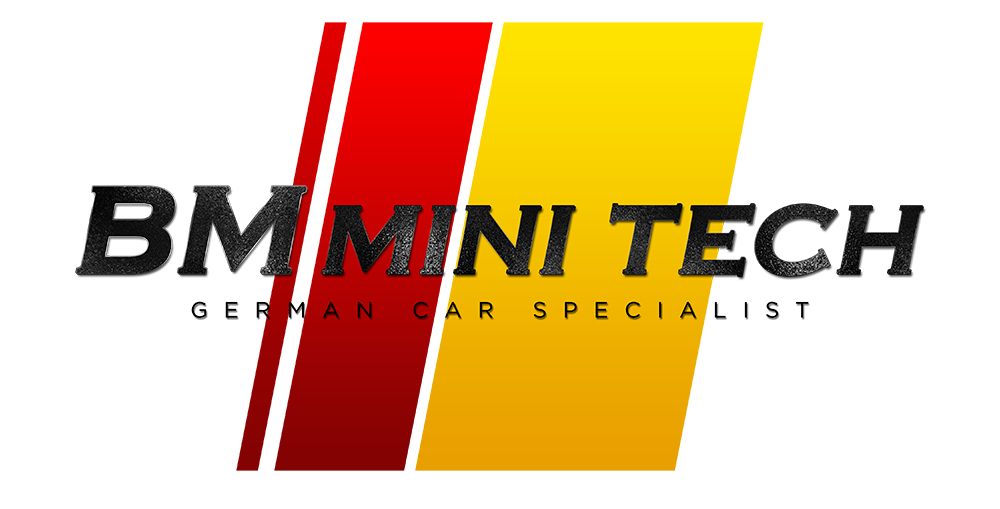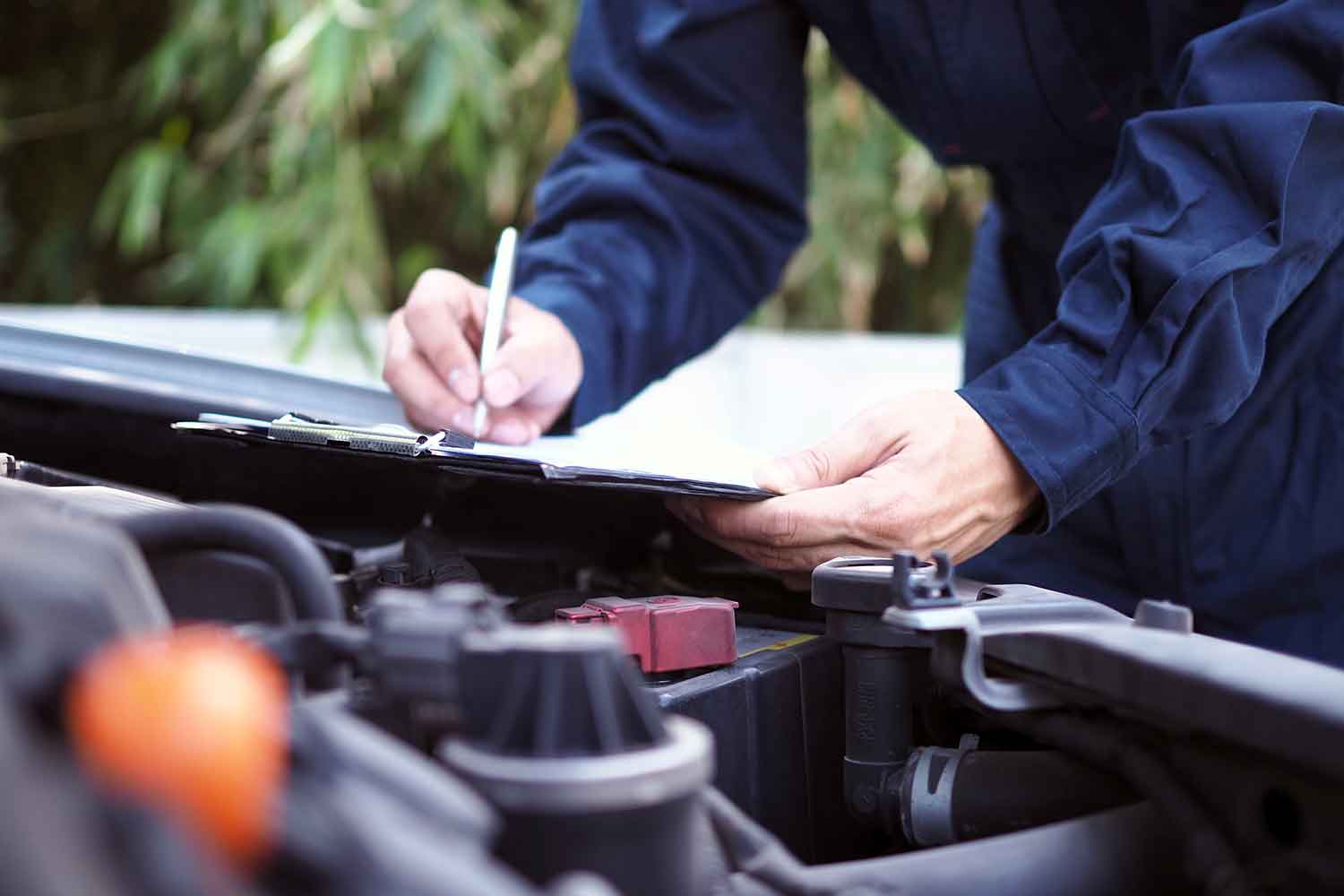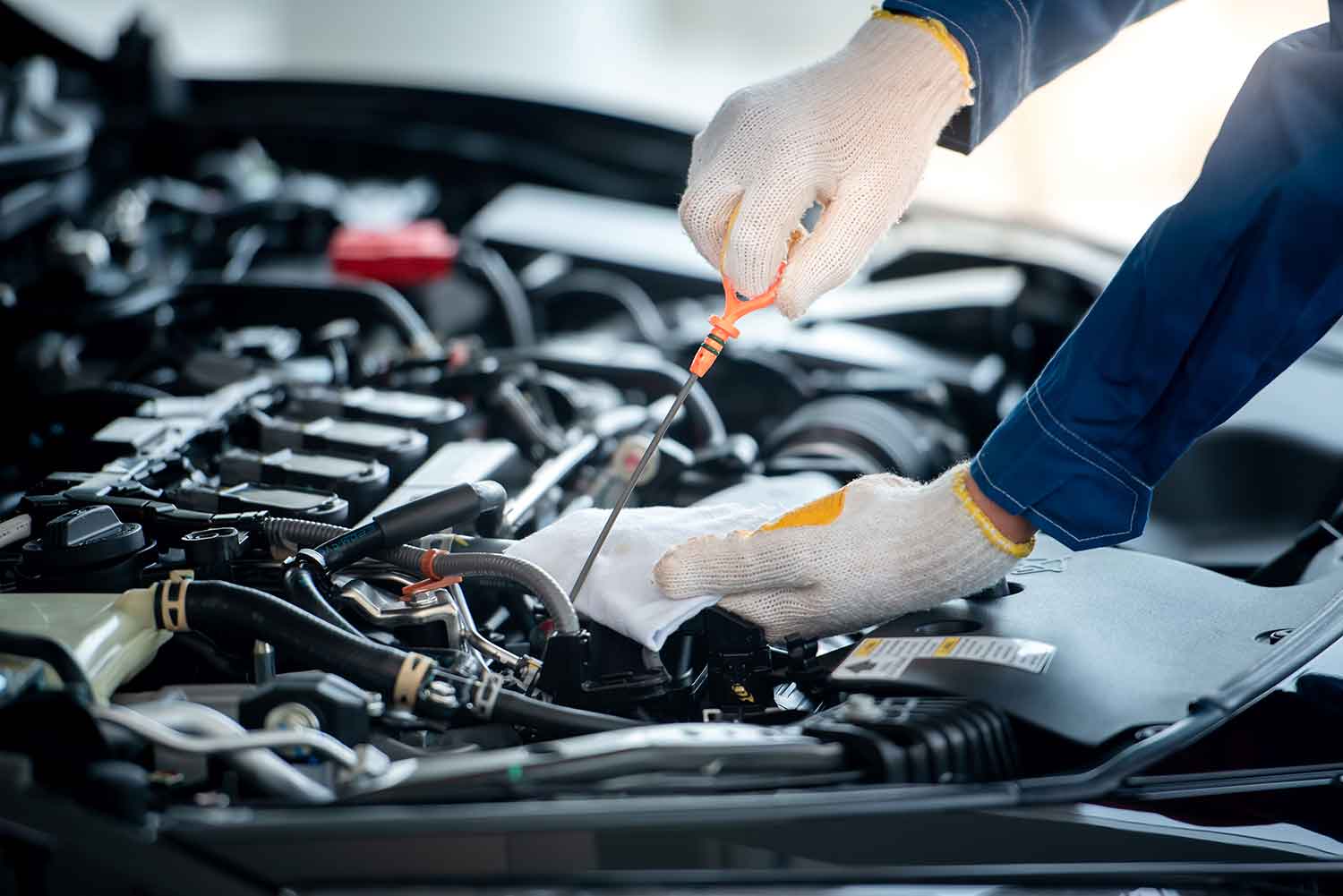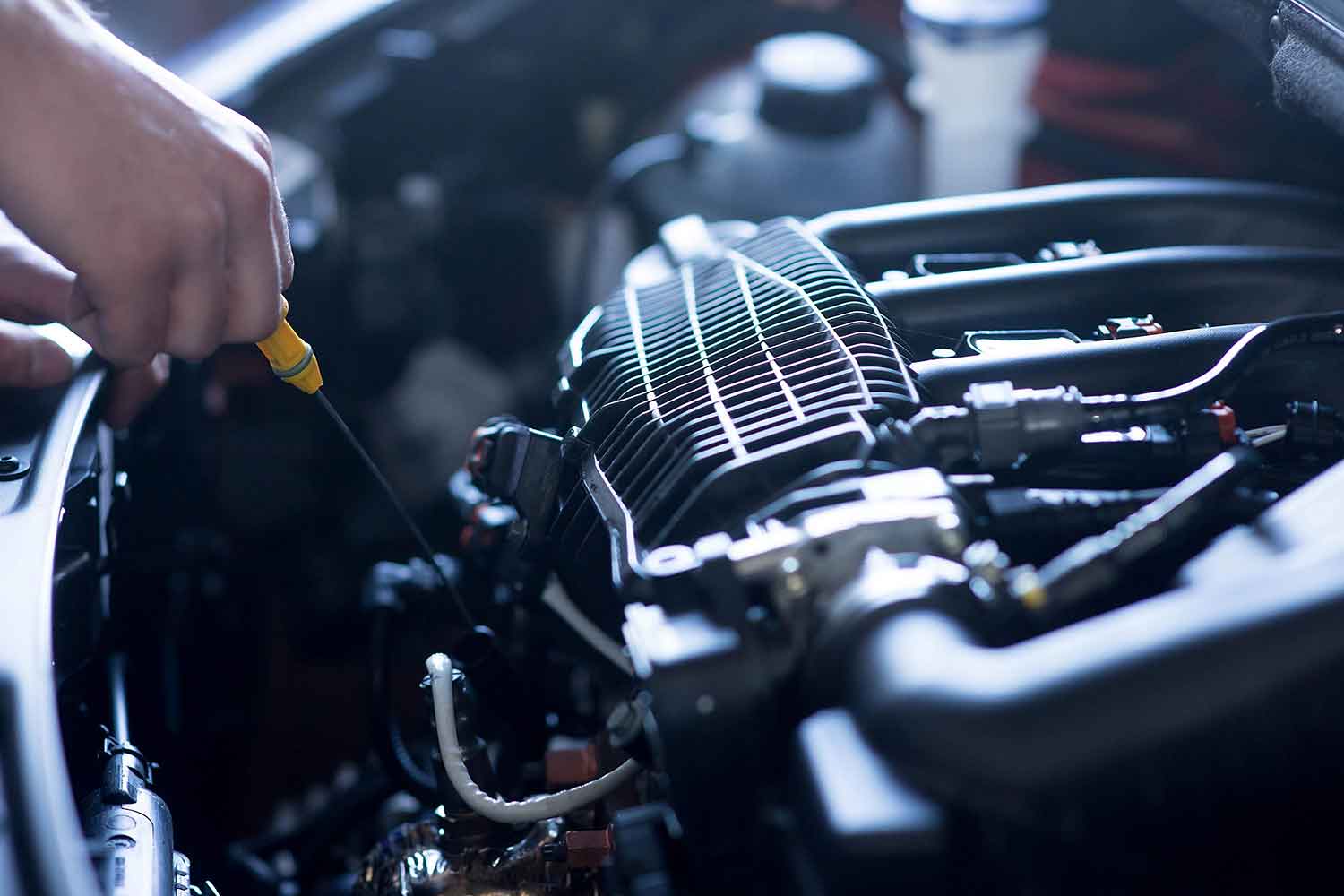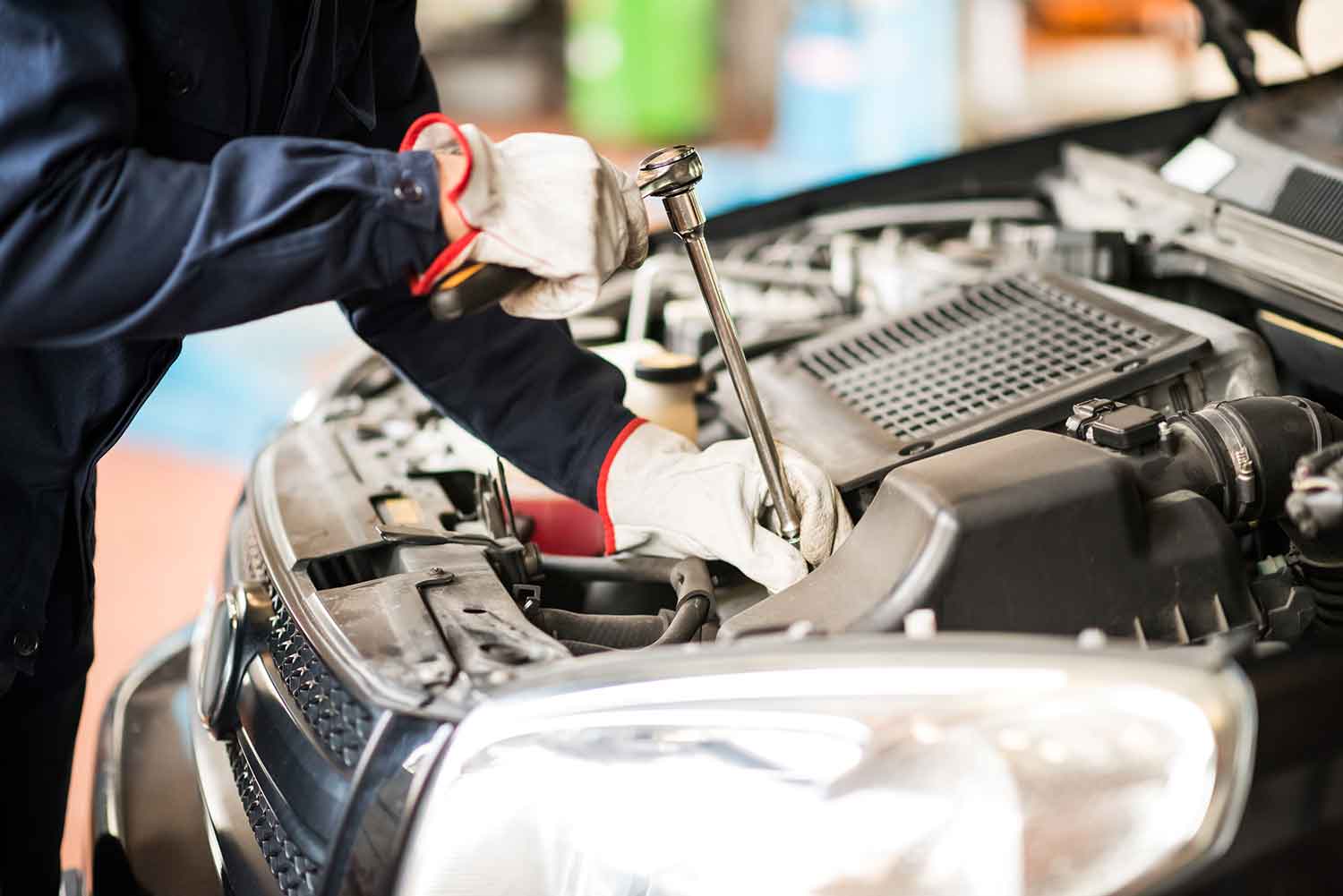How much do MOTs in Colchester cost and what is the duration of the test?
An MOT test (Ministry of Transport test) is an annual test of vehicle safety, roadworthiness and emissions. MOT tests are a legal requirement for the majority of cars aged three years and over.
These are the most important facts you should know:
- The test’s purpose is to check a car’s safety and roadworthiness, in particular its brakes and emissions.
- It’s necessary on a vehicle’s third birthday, then annually.
- It includes an extensive list of internal and external checks.
- It is a visual check only: examiners are not allowed to change or remove anything on your car, which is why you still need to keep on top of servicing.
- There are over 600 ways to fail.
MOT Colchester tests ensure your car is roadworthy.
If your car needs a valid MOT and doesn’t have one, you face a financial penalty. You’ll also be unable to renew your road tax until it’s complete and will almost certainly invalidate your car insurance, which risks a further six to eight penalty points and invalidates any claims.
Remember, it’s not simply a case of meeting minimum standard in the test. Your car needs to be roadworthy, and it’s in your best interests to get issues fixed where possible.
MOT Near me
The Government sets the maximum price for MOT tests. Currently, it’s set at £54.85 for cars.
MOT Test Colchester
That’s why if you just walk in off the street and ask a garage the cost of a MOT, unless they have a big sign up offering a different price, they will probably say £54.85. It’s also why most main dealers charge £54.85 even though their labour rate per hour is much higher. It’s why all rural garages, with little competition, charge the odd sounding figure of £54.85.
Yet if you go online, you will find lots of independent garages offering £25 and even £19 MOT tests. This can even include collection and delivery. This might seem like too good a deal to pass up. Less than half price and you don’t even have to leave home. But unless you are a mechanic, or related to one, you should be very wary of these offers. Here’s why:
An average MOT Colchester test time is around 45 minutes.
Is your car in tip-top condition?
If your car’s in perfect condition and you’d be surprised if it failed, look for offers to get it as cheap as possible.
It’s worth checking local garages to see if they’ll match a decent deal for a test fee you spot. Some colleges also offer cut-price MOT tests as well as repairs and servicing to the public. If you’ve used a college MOT centre let us know on our MOT Cost Cutting forum thread.
Is your car in moderate condition and likely to need only minor repairs?
If it’s likely or possible only minor repairs will be needed, council-run centres come into their own. They generally don’t carry out repairs, so there’s no vested interest in anything failing.
Is your car likely to need major repairs?
If you’re pretty sure your car will need substantial repairs, the best solution is to do your research, find a garage you’d be happy to carry out the repairs and then get the MOT test done there. Ask family and friends for recommendations and call around – tell the garages the likely problems, then ask for quotes.
What happens if you have missed your MOT test?
It is legal to drive to and from a pre-booked test, but you should carry proof of your appointment in case you are stopped by the police.
MOT Tests Ensure Your Car Is Roadworthy
MOT Colchester provides you with the right person to evaluate your vehicle. You can compare MOT garages and mechanics near you and search for our best prices on MOTs, services, and repairs.
Remember, it’s not merely a case of meeting the minimum standard in the test. Your car needs to be roadworthy, and it’s in your best interest to get issues fixed where possible.
NOTE: The Government sets the maximum price for MOT tests. Currently, it’s set at £54.85 for cars.
New MOT Test Changes
The MOT Colchester test amended on 20 May 2018, with new patch types, sterner rules for diesel car emissions, and some cars over 40 years old displaying exempt. At MOT Colchester, we abide by these changes and advise all those to keep in mind if your automobile is over three years old.
1. Defects Will Be Classified Differently
Defects found during the MOT will be classified as either: critical, major, and minor.
Major and Dangerous problems will result in an automated MOT failure. Cars with Minor defects will be permitted to pass the test, but faults will be registered on the car’s MOT certificate and online MOT report, just as announcements are today.
2. More stringent Rules For Diesel Car Emissions
There will be more stringent limits for emissions from diesel cars with a diesel particulate filter (DPF) that captures and stores exhaust smoke to reduce emissions from diesel cars.
Your car will get a significant fault if the MOT tester can see the smoke of any value coming from the exhaust, and finds proof that the DPF has been tampered amidst.
3. Some Vehicles Over 40 Years Old Won’t Require An MOT.
Cars, vans, motorcycles, and other light commuter vehicles won’t need to have an MOT if they’re over 40 years old and have not been extensively renovated.
Latest Changes to MOT tests
An MOT test (Ministry of Transport test) is an annual test of vehicle protection, roadworthiness, and emissions. MOT tests are a legal necessity for the bulk of cars aged three years and over. Approximately every feature of your vehicle is examined under the MOT test.
- Bodywork – the arrangement of the vehicle and body is inspected for any corrosion or breakage. There shouldn’t be any fine edges, as this could be a threat to other road users if there are your vehicle could end in losing its MOT.
- Brakes – Normally tested on a roller brake checker to check the vehicle’s braking performance. Verify that the footbrake and handbrake function accurately.
- Doors – All doors must open and close perfectly and guarantee the latch is safe when the doors are closed. The front doors should be able to be opened from both the inside and outside of the vehicle.
- Emissions – Your car must satisfy the legal conditions for emissions to assure it exceeds its MOT. If your car is a diesel and has a diesel particulate filter (DPF) that has been meddled with your MOT will not pass.
- Fuel System – All noticeable pieces such as the fuel cap, hoses, and pipes need to be protected and free from exposures.
- Horn – The examination includes the propriety of the horn as well as its performance and efficacy.
- Lights – Headlamps, registration plate bulbs, reversing lights, indicators, and parking lights are inspected to make sure they are completely working, in excellent shape and securely met.
- Mirrors – Reviewed for form and shape, and if they are securely attached, they should be placed to be clearly apparent from the driver’s position.
- Registration Plate – Condition, fitting, legibility, and format and spacing of the letters are all examined. All words and numbers should quickly be read from 20 meters away.
- Seatbelts – Every seatbelt is reviewed for the position they are in as well as suitable control and that they snap into place securely.
- Seats – Check to understand that the front seats are secured and do not move when they are not supposed to
- Steering and Suspension – The steering and suspension is checked to make sure it is in excellent condition
- Wheels and Tyres – Checked for several potential issues, such as condition, fitting, size, and tread depth.
- Windscreen – The highest amount of damage permitted is 10mm in the driver’s line of sight or 40mm in any other range swept by the windscreen wipers of the vehicle.
- VIN (Vehicle Identification Number) – The VIN needs to be present on the vehicle. The position of the VIN varies depending on the maker.
- Under the bonnet – Unlock the bonnet and make sure the engine oil and brake fluid are on the top. The test checks for any possible leakages as this can be an environmental hazard.
